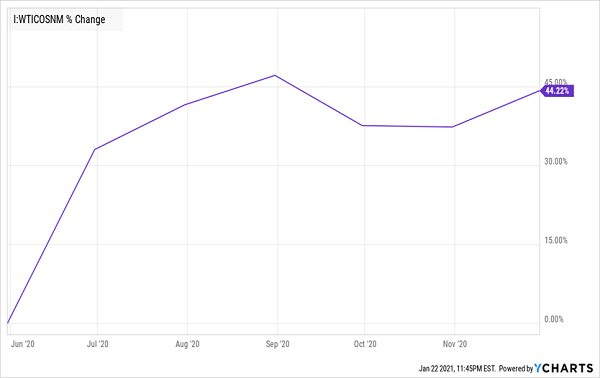These “Great American Reset” Stocks Will Create Fortunes
Brett Owens, Chief Investment StrategistUpdated: February 10, 2021
Another hand went up. I pointed for the next question.
When you consider dividend investments, Brett, what is more important in your opinion:
- The current yield and value of the stock itself, or
- The “engine” that is driving the business and the profits?
“Great question,” I replied. “The business engine. Always consider where the cash flow is coming from, first.”
In other words, if the business is humming, the dividends will be there. And as the payout keeps chugging along, so will the stock price. A dividend will protect the stock from downside and, with growth, provide a sweet kicker of upside.… Read more

